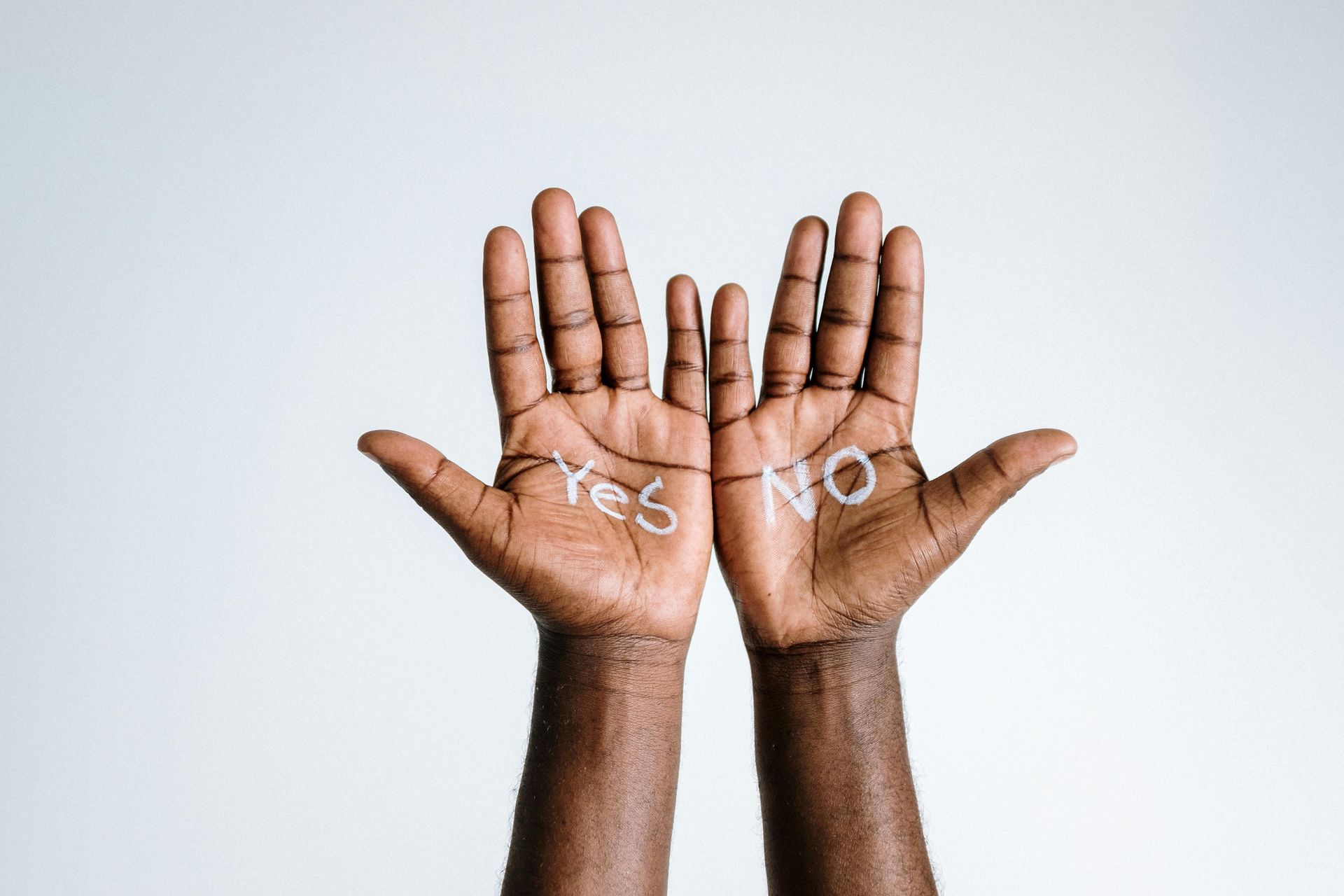Houston Trade Secret Attorneys
Let Wilson Whitaker Rynell help protect your business' valuable trade secrets in court.
Houston Trade Secret Attorneys
Trade Secrets are formulas, processes, devices, or compilations which one uses in his business, and which gives him an opportunity to obtain an advantage over competitors who do not know or use it.
Trade Secrets In The United States
Welcome to Wilson Whitaker Rynell
, Houston’s premier law firm specializing in trade secret litigation. Our experienced team of litigators is dedicated to protecting business's trade secrets and valuable information. Our firm combines deep industry knowledge with a proactive approach to ensure your trade secrets are vigorously defended and protected. Contact us today for a consultation.
What is a Trade Secret?
Section 134A.002(6) of the Texas Uniform Trade Secret Act defines a trade secret as information that has been protected by reasonable measures and includes any business, scientific, technical, economic, or engineering information, as well as any design, prototype, plan, program device, code, or procedure related to a business. Trade secrets provide a business with a competitive advantage and are not known to a business' competitors. Because their value lies in their confidentiality, trade secrets are not publicly disclosed like patents, trademarks, or copyrights; instead, they are safeguarded through confidentiality measures. By keeping the information secret, companies can protect their unique formulas, processes, customer lists, or other valuable data from competitors, allowing them to maintain their market position and profitability.
Some popular examples of trade secrets include:
Keeping Trade Secrets a Secret
For something to qualify as a trade secret, a business must proactively take steps to protect the secret. Some examples of this include:
- Only allow certain upper-level employees access to the trade secrets;
- Train employees on how to handle trade secrets;
- Have employees, customers, independent contractors, and/or vendors with access to confidential information sign a confidentiality or non-disclosure agreement;
- Keep trade secrets on "company only" devices; or
- Store trade secrets on password protected platforms or devices.
Misappropriation of Trade Secrets
Misappropriation of trade secrets occurs when someone wrongfully takes or uses a company's confidential information. This unauthorized use can give a competitor an unfair advantage and harm the business that owns the secrets.
If your company's trade secrets are being misappropriated, the Uniform Trade Secrets Act (TUTSA) allows you to bring a claim to secure injunctive relief, monetary damages, and possibly recovery of attorneys' fees. The Texas Legislature enacted the Texas Uniform Trade Secrets Act (TUTSA)
was enacted in 2013 to help prevent the theft of corporate trade secrets. To bring a lawsuit for misappropriation of trade secrets, you typically need to demonstrate that the information qualifies as a trade secret, that you took reasonable steps to keep the secret a secret, and that the defendant's actions caused harm or violated your rights.
If you are successful, remedies may include injunctions to stop further use or disclosure of the trade secrets, monetary damages to compensate for any losses suffered, and in some cases, punitive damages to punish the wrongdoing. Seeking advice from qualified intellectual property attorneys, like the attorneys of Wilson Whitaker Rynell, can help you navigate the complexities of the law and safeguard your trade secrets effectively.
CLIENT MATTERS
5,000+
YEARS OF SERVICE
25+
Award Winning
Recognized in the legal industry as dedicated board-certified lawyers and Rising Stars.
Expert Team
Your project will be handled by legal experts every time. You will have the most experienced attorneys working for you.
Quality Representation











